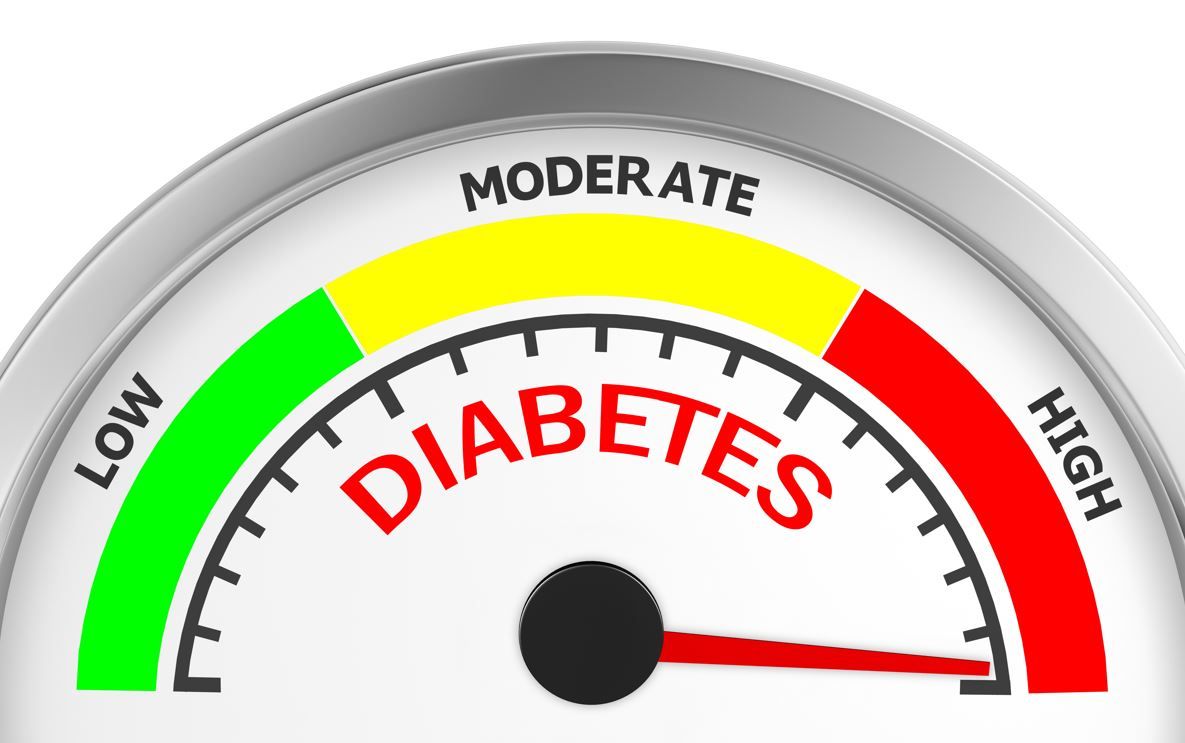HbA1c Time in Range Shows Strong, Consistent Relationship with Dementia in Older Adults with Diabetes
New study findings suggest that in older adults stable HbA1c within individualized target ranges over time may help reduce risk of Alzheimer disease and other dementias.
In a cohort of nearly 400 000 US veterans aged 65 years and older with diabetes, those who spent less time with HbA1c level in range (TIR) had a greater risk of incident Alzheimer disease and related dementias (ADRD) during an outcome period of up to 10 years. The findings from researchers at several Department of Veteran’s Affairs (VA) state offices, were published online August 2 in JAMA Network Open.
©boygostockphoto/stock.adobe.com

When compared with an individualized HbA1c TIR of 80% or higher, the researchers reported study participants with TIR of 0 to less than 20% had the highest risk of incident ADRD (hazard ratio [HR], 1.59; 95% CI, 1.54-1.64; P <.001) over a follow-up period of 10 years. In regression analysis that controlled for all covariates, Patricia C Underwood, PhD, NP of the Veterans Affairs Boston Healthcare system and colleagues found a durable significant association between HbA1c TIR and ADRD (HR, 1.19; 95% CI, 1.16-1.23).
The investigators created 4 categories of HbA1c time in and out of range (ie, HbA1c TIR of 60% or greater; time below range [TBR] of 60% or greater; time above range [TAR] of 60% or greater; and a mixed group [above or below target ranges most of the time] ) and estimated the association with incident ADRD.
In unadjusted analyses, Underwood et al found when HbA1c levels were “mostly out of range,” TBR of 60% or more was associated with a nearly 1.5 times greater risk of ADRD (HR, 1.48; 95% CI, 1.45-1.52). An HbA1c TBR of 60% or greater remained significantly associated with ADRD risk vs TIR 60% or greater after multivariable adjustment (HR, 1.23; 95% CI, 1.16-1.27). The findings remained significant after analysis that excluded all participants with baseline use of medications associated with hypoglycemia.
Sensitivity analyses revealed that each decrement in HbA1c TIR and the TBR of 60% or greater subgroup remained significantly associated with incident ADRD; in addition, HbA1c TIR remained associated with ADRD after researchers stratified the study cohort by racial and ethnic groups. The association was also independent of baseline cardiovascular and cerebrovascular disease. In analyses of the association between mean HbA1c and ADRD risk, in both unadjusted and fully adjusted models lower and higher mean HbA1c values were significantly associated with an increased risk of ADRD, according to the study.
The mechanisms that underlie the relationship between diabetes and ADRD are complex, Underwood and colleagues wrote, citing research that shows associations with the cognitive dysfunction and persistent elevations in HbA1c, hypoglycemia, and glucose variability but that stops short of defining a glycemic management strategy to reduce the risk. Results of studies that have attempted to clarify the contribution of persistent glycemic excursions to ADRD are inconsistent, with some suggesting glucose levels at either extreme affect dementia risk in adults with diabetes, some demonstrating that only hypoglycemia contributes, and still others pointing to long-term glucose variability. The researchers proposed that the traditional approaches to measuring glycemic control may not capture the “dynamic and time-dependent” nature of the association in older individuals with diabetes.
For their study they measured HbA1cTIR, defined as the percentage of time during a 3-year period that HbA1c levels are “within individualized clinical guideline–directed targets” based on life expectancy with higher TIR desirable.
The team tapped administrative and health care utilization data from the Veterans Health Administration and Medicare from January 1,2004 to December 31, 2018, for a final cohort of 374 021 veterans (99% men, mean age 73.2 years) with diabetes who had at lest 4 HbA1ctest outcomes available from the 3-year baseline period which could start between January 1, 2005, and December 31, 2014. The majority (87%) were White.
Underwood et al estimated the association between HbA1cTIR and incident ADRD and used additional models to evaluate ADRD incidence in participants who were above or below HbA1ctarget ranges most of the time. During the 10-year follow-up period, 11% of the study population developed ADRD.
"Our results confirm that extremes of glucose levels, as measured by average
HbA1c, are associated with an increase in dementia incidence. Furthermore, our results clarify the association between glycemic control and dementia incidence by showing a significant association between HbA1c stability and reduced dementia incidence. These results suggest that in addition to preventing hypoglycemia, maintaining higher HbA1c TIR over time may decrease dementia incidence," the authors concluded.